Kava Ceremony
Should you be fortunate enough to be invited into a village (a likely circumstance if you become friendly with the locals), there are certain rules of etiquette. Fiji village visit protocols must be observed.
What to bring?
If you have the opportunity it’s highly recommended that you purchase a kg of kava root (which can be purchased at any outdoor market or from local proprietors for up to $140 per kg) as a sevusevu – a traditional gift offered by guests. This will surely start you off on the right foot and show your hosts you care about their tradition. Your host will gladly accept the gift and may perform a welcoming ritual that in effect says your visit is officially recognized by the village. In the course of the ceremony you will be offered a bilo (coconut shell) full of yaqona, which of course you should accept and drink (in one big gulp rather than sips).
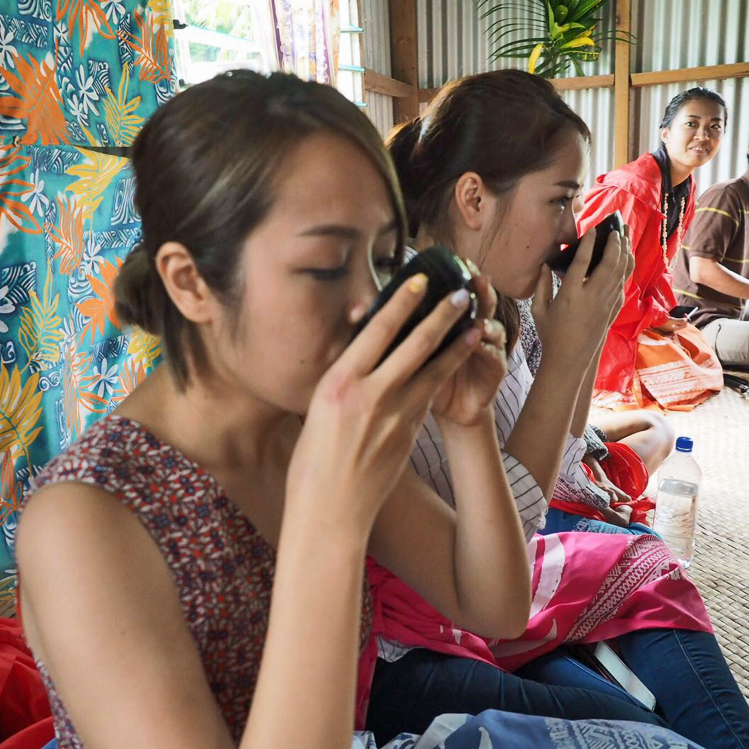
After the initial ceremony you may be asked to sit with the gang around the tanoa (yaqona bowl) and chat (talanoa). This is the best way to get to know Fijians. Drinking yaqona is a sacramental ritual with Fijians and cements friendships with strangers. After drinking a while, perhaps your host will offer you something to eat or show you around the village. Children will inevitably be curious about your presence and will surround you as though you are the Pied Piper, asking innumerable questions. They will probably ask you to take their photo.
Photography
The visitor wishing to take photos of village life is free to do so, but is best accompanied by an adult or youngster from the community.
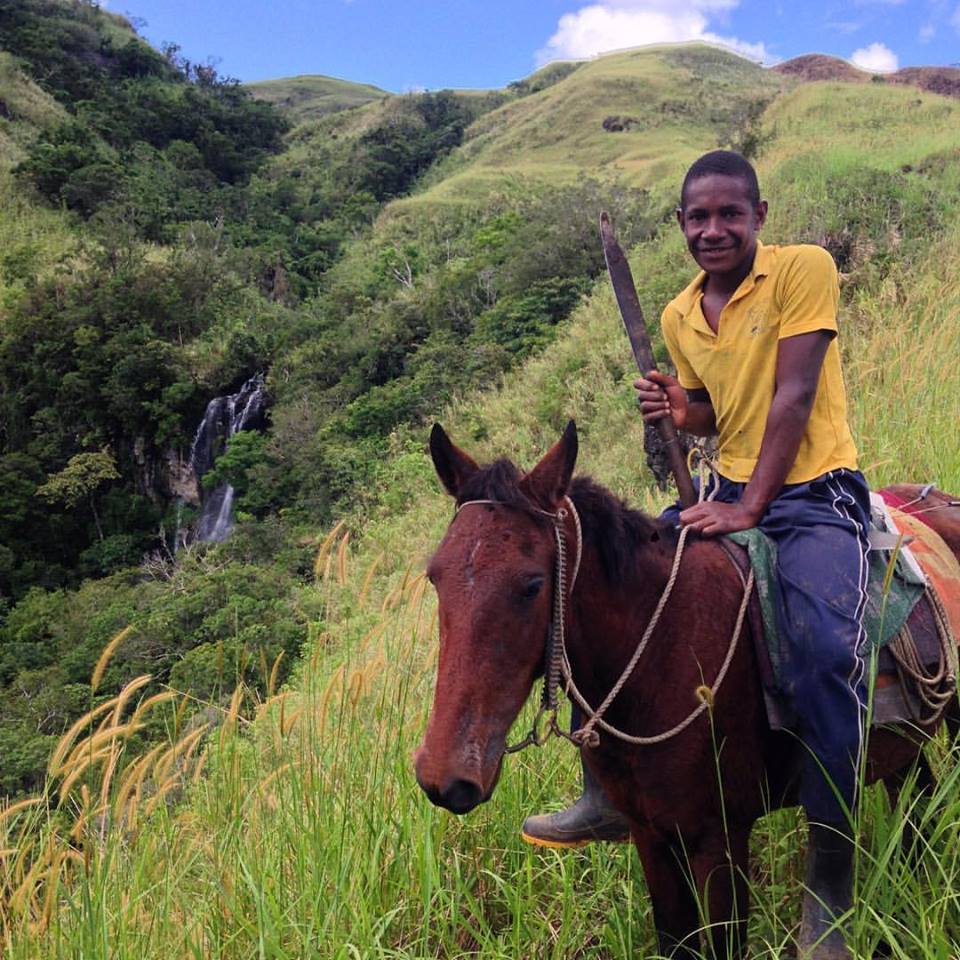
Always ask permission when taking photos (which will almost always be granted), and as obvious as it sounds, never casually wander into someone’s bure and start shooting. During the yaqona ceremony do not stand upright and indiscriminately take snapshots without having asked permission beforehand. This is a solemn occasion, not a press photo opportunity.
Dress modestly for your Fiji village visit
Dress modestly when visiting a village. Men should not be bare-chested and women should wear slacks or a below-the-knee dress. Women should definitely not be in shorts or a bathing suit. Scanty clothing is disrespectful and might be construed as a moral reflection on the hosts. For women it would also send the wrong message to the village Lotharios. Another item to remember is that when entering a village, take off your hat.
Note: Given that visitors should respect Fijian sensibilities regarding the wearing of modest attire in villages, it’s equally important never to swim or bathe in the nude at a beach or river that may be frequented by locals.
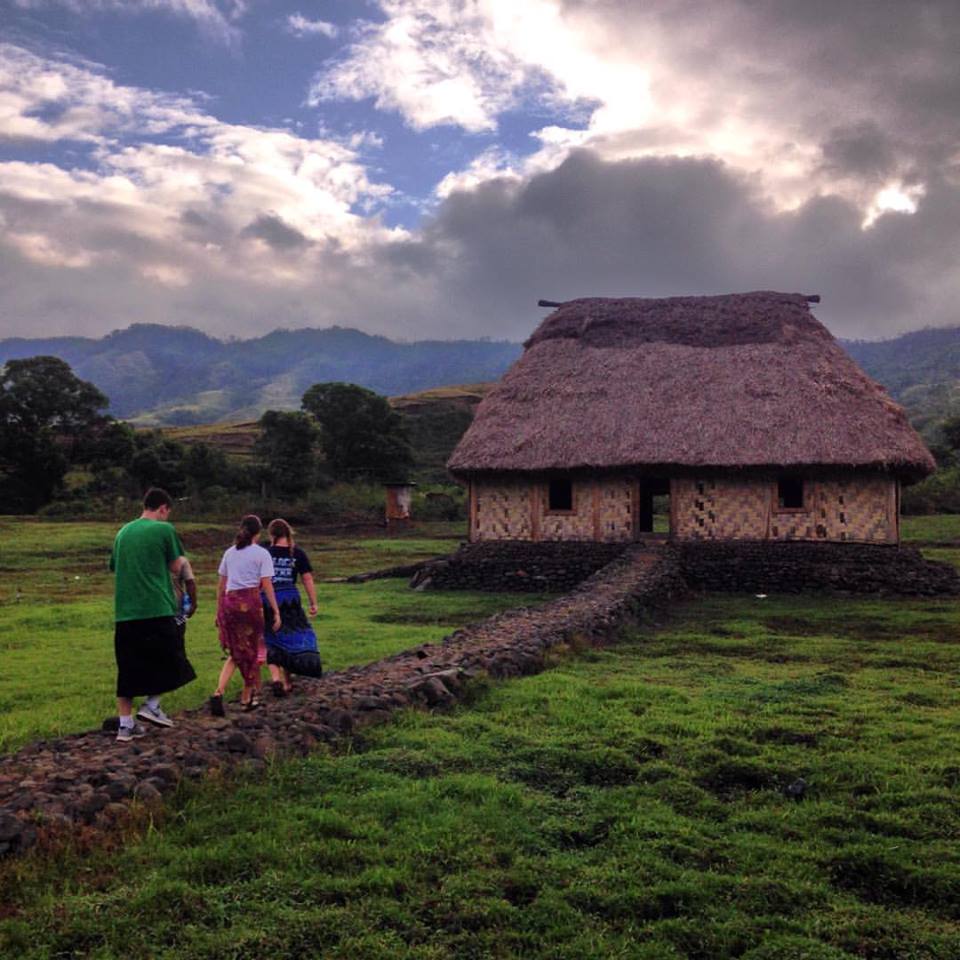
Staying in a Bure
When invited inside a bure, remove your shoes, place them outside the doorstep, and stoop slightly when entering. Avoid standing fully upright inside – it’s bad manners.
As your parents hopefully told you, good manners will get you everywhere. Fijians are perhaps the politest and in many ways the most civilized people on the planet. They display good manners, which should be reciprocated. They sense this respect and will go out of their way for a person they like.
If you are spending the night and are offered sleeping room in a bure, accept the accommodation rather than pitch a tent outside the home. Should you camp outside someone’s home, the message advertised is that the host’s house is an unpleasant place to sleep.
Try to avoid ostentatious displays of wealth. Remember that most villagers could never hope to own the kind of cameras, tape decks and other goods that we take for granted. Aside from bringing kava to a village it’s not a bad idea to pick up groceries such as powdered milk, sugar, bread, tea, for your hosts. Chances are these staples will be appreciated as much or more than kava.
Avoiding Offense

If a Fiji village visit is in the offing, it helps to be invited.
To show up at a village uninvited and simply start wandering around is very rude – something akin to wandering around the suburbs of Los Angeles, entering strangers’ backyards and perhaps peeping in their bedroom windows. It just isn’t done.
What you also shouldn’t do is take advantage of the Fijians’ hospitality. I have nothing but contempt for travelers who stay with villagers and do not have the decency either to contribute food or to pay the villagers F$5 per day for accommodation and at least F$20 per day if they are being fed. I have received too many letters describing how some travelers have lived off Fijians without so much as offering to assist them. This type of behavior is inexcusable, and unforgivable. People who carry on in this manner are anathema to the spirit of the road.
It’s important to realize that the Fijians’ culture dictates that they should always invite a stranger into their home, whether they can afford to feed that stranger or not. I know personally of a family who couldn’t send their child to school for a term because they spent her tuition money taking care of an uninvited guest who stayed for a month.
Vinaka to Talanoa Treks for the great photos.























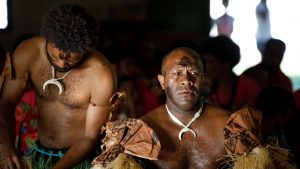
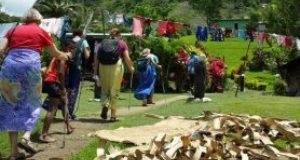


















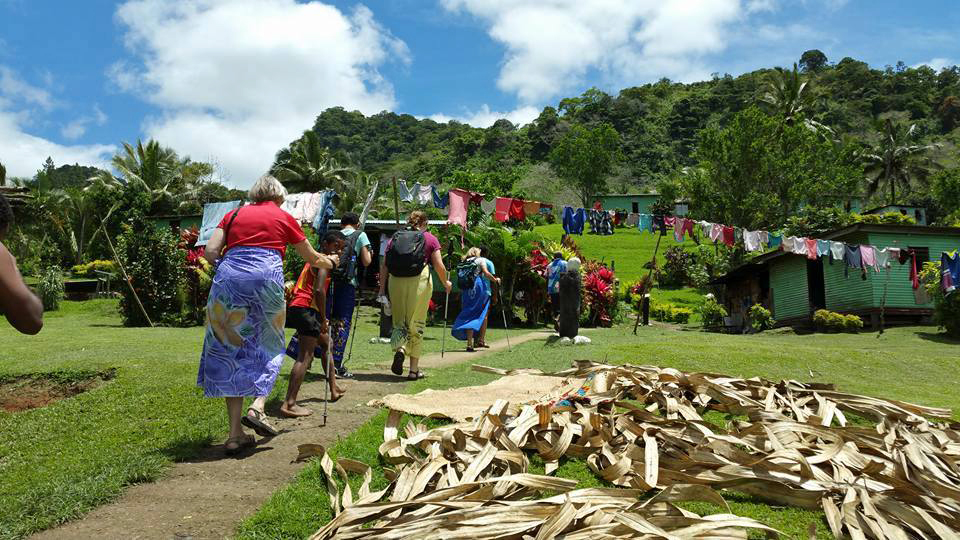
Leave a reply